Holidays can be very expensive, and cutting back on food costs is one of the ways you can reduce the overall cost. For some people, the holiday’s highlight is going to restaurants and trying different foods. If you are a foodie, don’t read this article; you will probably be horrified at some of my suggestions. Go out and have a slap-up meal and enjoy your food. However, read on if you want to save money you can go on more or longer holidays.
The average person spends between £38 and £75 on food and drink daily on holiday. It all depends on the type of meals you eat, which country you are visiting, and where you eat. Some people manage quite well on only £25 per day without having to make any sacrifices. Those who drink more will have larger bills. Don’t forget the daily ice cream; it can add an extra £10 – £15 per week.
Many people like to loosen their purse strings. After all, they are on holiday. A recent report on Brits shows they spend 81% more on food in restaurants when they are abroad compared to the UK. This isn’t because it costs less; it’s just they treat themselves when away. If you have budgeted for it, that’s fine, but if you don’t want to feel guilty when the credit card details appear, you need to watch the cost.
Tips to reduce food costs
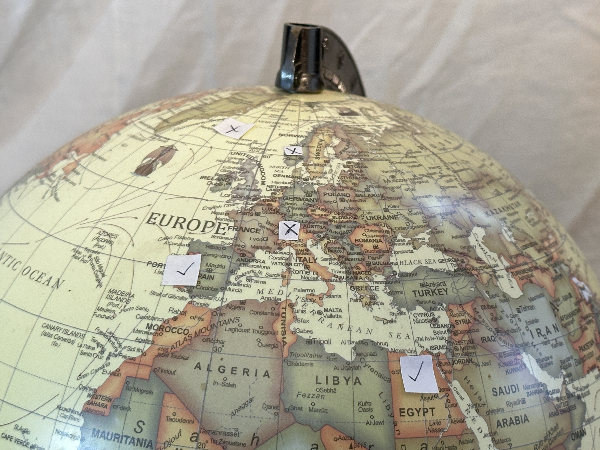
- Choose a cheaper country to save money. Switzerland is the most expensive country to buy food, and Norway is second. Iceland is the most expensive country for alcohol. Pakistan is one of the cheapest countries in the world, but it is not high on most tourist lists. Consider Egypt, which also has very reasonable food costs.
- Avoid airport meals. Airport food is expensive and often not enjoyed that much as people are distracted or rushed to make sure they don’t miss their flight. Instead, you can take sandwiches. Either make them yourself, which is the cheapest option, or buy them from a supermarket, which is usually cheaper than the airport. Remember, you can’t take any liquids through customs unless they are small amounts, and you must put them in your liquid bag. I like McDonald’s breakfasts, and if we have a morning flight, I will pick up a meal just outside the airport, put the tomato sachets in my liquid bag, and eat the meal once I am through security. I normally eat healthy breakfasts, but a McDonald’s breakfast is a naughty treat to start my holiday off.
- Go fully self-catering. Self-catering is the cheapest way to keep food costs down. However, it might not seem much like a holiday if you cook meals and do all the washing up for the family. It does need a bit of planning; you don’t want to buy more food than you can eat, and you won’t have a store food cupboard with things like spices, oil or tin foil if you need them. Also, not many people enjoy walking around a supermarket trying to spot the food they need when they could be spending their first day on the beach. You can find hotels with cooking facilities in the rooms, so you don’t need to book an Airbnb or a private holiday home.
- Have a microwave dinner. I know microwave dinners aren’t always nice, but they fill you up. They are cheaper than a restaurant meal, and there is no washing up. You could choose to eat it on your balcony watching the sunset. Microwaves are becoming more common in hotel rooms, especially those catering to families. Even if your room doesn’t have a microwave, there might be one on a hotel floor. Some hotels have mini shops, and earlier this year, a hotel I was staying at had a microwave in the shop for its guests to use. Just remember to bring some cutlery on holiday.
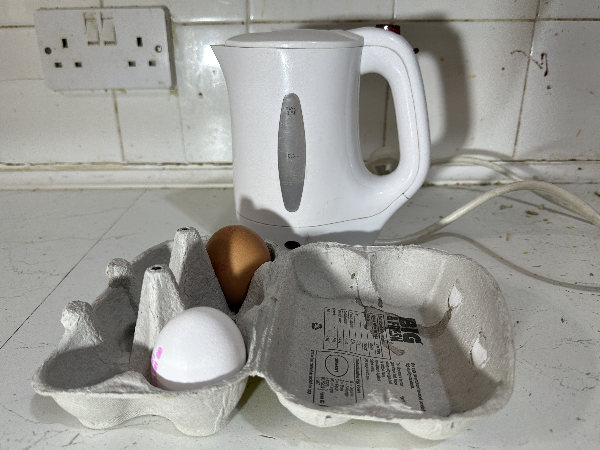
- Cook using the things you find in your room. When we went to the Arctic Circle in Finland, we stayed at a hotel miles away from any town. The hotel meals were wickedly expensive, and I didn’t care for the food, e.g., reindeer meat (I think reindeer are too nice to eat). We ate at the restaurant once but used a kettle and iron to make warm meals the rest of the time. Hot dogs, noodles, and eggs can easily be cooked in a kettle, and I made toasted sandwiches with an iron and a toasted sandwich bag. I brought food before we went to the hotel. If you travel by car, you could always take other cooking equipment, like a slow cooker or a rice cooker. Even a sandwich toaster can be used for cooking more than just sandwiches!
- Stay at a hotel that includes breakfast in the room cost. These breakfasts often offer very good value for money.
- Don’t buy breakfast at your hotel if it is expensive. You might find a café around the corner that is much cheaper. I was once told I would have to pay £25 for each of my children to have breakfast, and I knew one child would only eat an apple. In the end, the hotel agreed that the children could eat for free when I said we would go elsewhere.
- Treat your hotel breakfast as a main meal. When we went to Washington DC, we spent the first few days getting up early so we could take photographs in the golden hour. This was easy to do when you are still on UK body clocks. We had muffins from a shop for breakfast, then returned to the hotel for breakfast after a morning’s sightseeing. This felt like midday for us, although it was only 9 o’clock. We then only needed to buy food for an evening meal. If you have a big breakfast and eat late, you won’t need to eat so much for lunch. Just don’t leave it too late, or most of the food for breakfast might have gone.
- Free afternoon snacks. I have been to a few hotels that offer complimentary afternoon snacks. Some have enough food to count as an evening meal. Sometimes, the free snacks come as a perk with the type of room you have, and other times, they are on offer for everyone. Surprisingly, some hotels don’t advertise that they have free cakes or freshly made biscuits at the reception desk in the afternoon, but if you have researched your hotel beforehand, then this information is soon discovered. We have managed to get enough food from a hotel to make a reasonable lunch. In the past, we have eaten rolls left over from breakfast, bananas or apples free to take from the reception desk, and biscuits offered around check-in time.
- If you go to a restaurant once a day, make it your lunch rather than in the evening. Evening meals are more expensive, and some restaurants serve the same food for lunch as they do for dinner but charge 20% more for the meal in the evening.

- Buy lunch at a local food shop. Sometimes you find newsagents or petrol stations that sell hot pies. You can also buy sandwiches for lunch or some local bread and pate or salami. Lunch could be a good time to indulge in one of the local pastries the country is famous for. Having a picnic in a park can be as lovely as eating lunch in a restaurant.
- Eat fast food. People who want to experience the local culture often frown upon fast food. However, it is a good way to save money; you don’t need to do it daily.
- Order a meal to be delivered to your hotel. Hotels that have their own restaurant or room service might not like it if a delivery man turns up with your food, but many hotels are quite happy about it. Although you might have to pay more for the delivery, it can work out cheaper than a restaurant. You can have drinks you buy from a supermarket, and if the portions are big, you can share them, especially if you have a young family with small appetites. After a long day of walking and sightseeing, I quite enjoy kicking off my shoes and relaxing while eating my meal. Since COVID, even high-end restaurants might deliver.
- Eat from market stalls or food truck vans. Market stalls give you a chance to try local food, and you could go to several stalls to try a wide variety of food. Food is cheaper because these places do not have the same overheads as a restaurant, but be careful. They also don’t usually have running water, so hygiene standards can be low.
- Don’t eat in tourist areas. Restaurants in tourist areas know that tourists aren’t usually repeat customers, or at least not for long, and they might also not be cost-aware. Therefore, the restaurants can get away with charging high prices. Ask where the locals eat at your hotel or walk a few streets from the main tourist hubs.
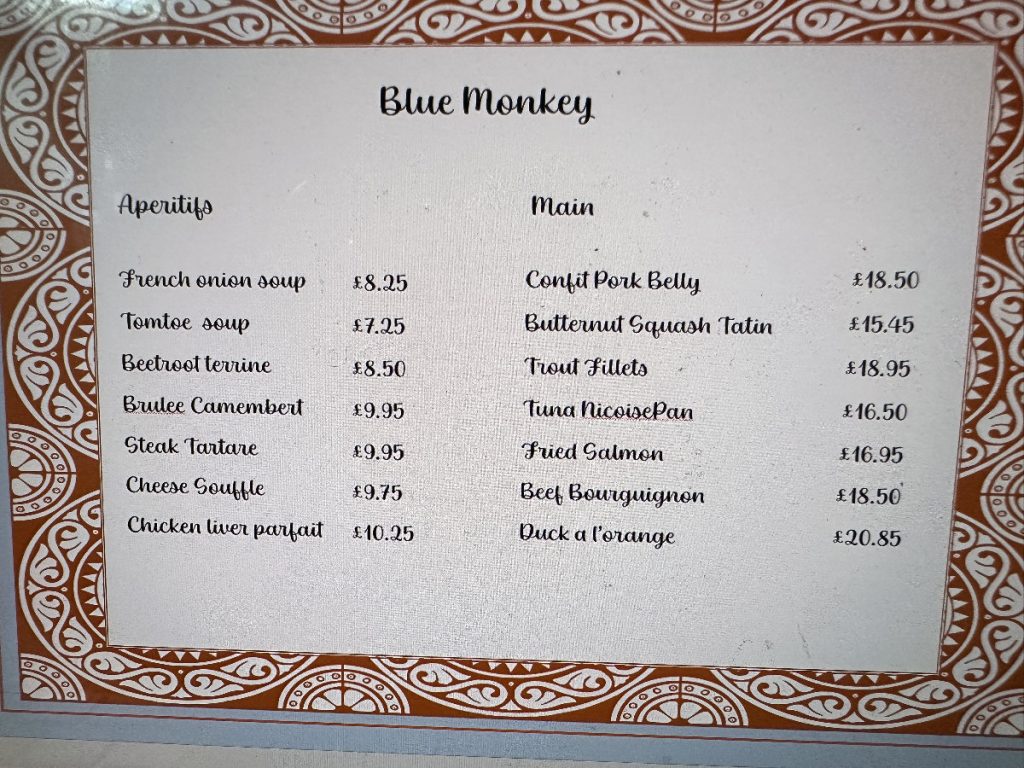
- Always look at the price of the food before you order. Many people have been caught out going to cafes and being charged ridiculously high prices for food because they are in a good location.
- Be aware of what is included in restaurant meal prices. Do you have to pay for drink refills, or are they free? Do you have to pay extra for bread rolls and nuts, or do you have to pay extra if you sit outside? You can make cheaper decisions if you know what the situation is.
- Take your own refillable water bottle, which you can then fill whenever you find a safe source of water. This will save you money and help the environment.
- Keep some snacks on hand. If you have a snack you can eat when you are a bit peckish, you are less likely to pop into a local café or beach bar and buy drinks and food. Nuts or dried fruit can be a good idea, and they are better than chocolate, which might melt in hot countries.
- Eat vegetarian food. Even if you are a meat eater, having an occasional vegetarian meal will keep your food costs down, and you might find you enjoy it.
- Look out for vouchers. In some countries, such as the USA, you can find vouchers for discounts at restaurants. These are more likely to be family-style restaurants rather than fine dining. Pick up any tourist information booklets and scan for vouchers, or look at leaflets, maybe at your hotel.
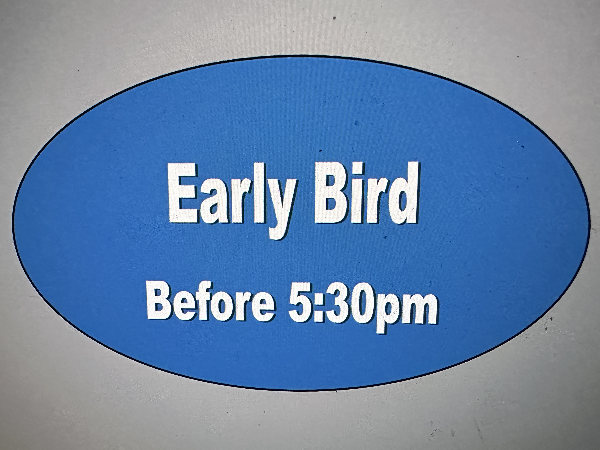
- Look out for early bird offers at restaurants. This is more prevalent in the USA and Canada. They offer meals at a discount if you come early. This encourages people to come in early so a restaurant can have more sittings. There might be a reduced or set menu, but it should be good value as they want to encourage those price-conscious people. Sometimes, they call it happy hour, although this usually refers to reduced drink prices.
- Look out for special mid-week offers when restaurants try to encourage people to come in on their slow days.
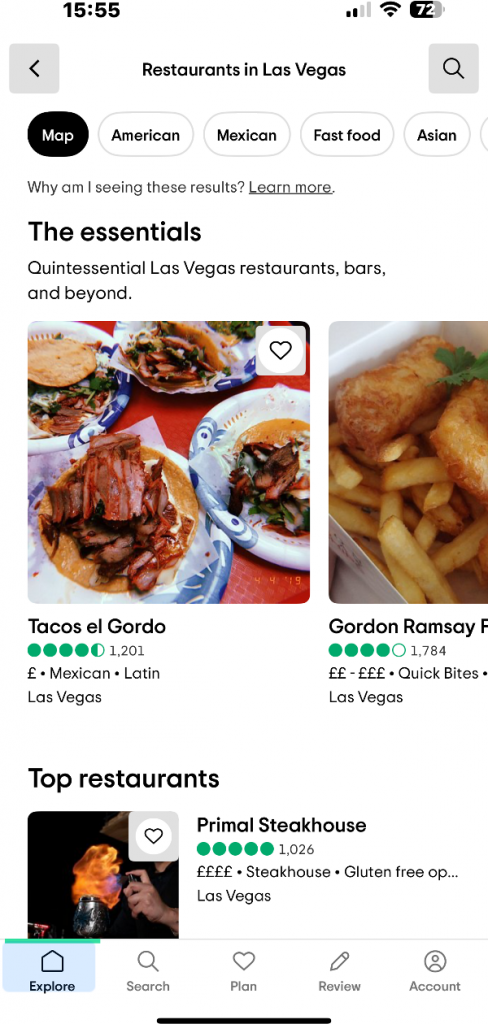
- Research online first rather than just going to the first restaurant you spot that looks nice. People may say your local restaurant charges a lot for poor-quality food.
- Eat the same food as the locals. Western food, such as pizza, is often more expensive than a bowl of noodles.
- Keep a rein on the purse strings. You can still splurge but plan to limit it to several days, not your whole holiday.
- Don’t forget to factor in the cost of any tips. Check to see if tips are already included in your bill. Research beforehand so you know how much to tip. In the USA, a normal tip is 15 to 20%.
Summary
There are many ways to reduce food costs, but you shouldn’t go hungry, especially if you are away for a long time.
Similarly, make sure you are still eating healthy. I don’t mean you can’t have any cakes; just don’t live off breakfast cereals every day for every meal, or your health will suffer. Eating one or two very unhealthy meals is ok, but if you do it for an extended period, your immune system won’t be in top condition, and you might become ill.
Also, if you switch to a vegetarian diet (maybe in North India, where most locals are vegetarian), learn how to compensate for the lack of meat and ensure you get enough iron and vitamin B12.
I hope you all have lovely meals, hopefully not too pricey, and discover new food and drinks you adore.
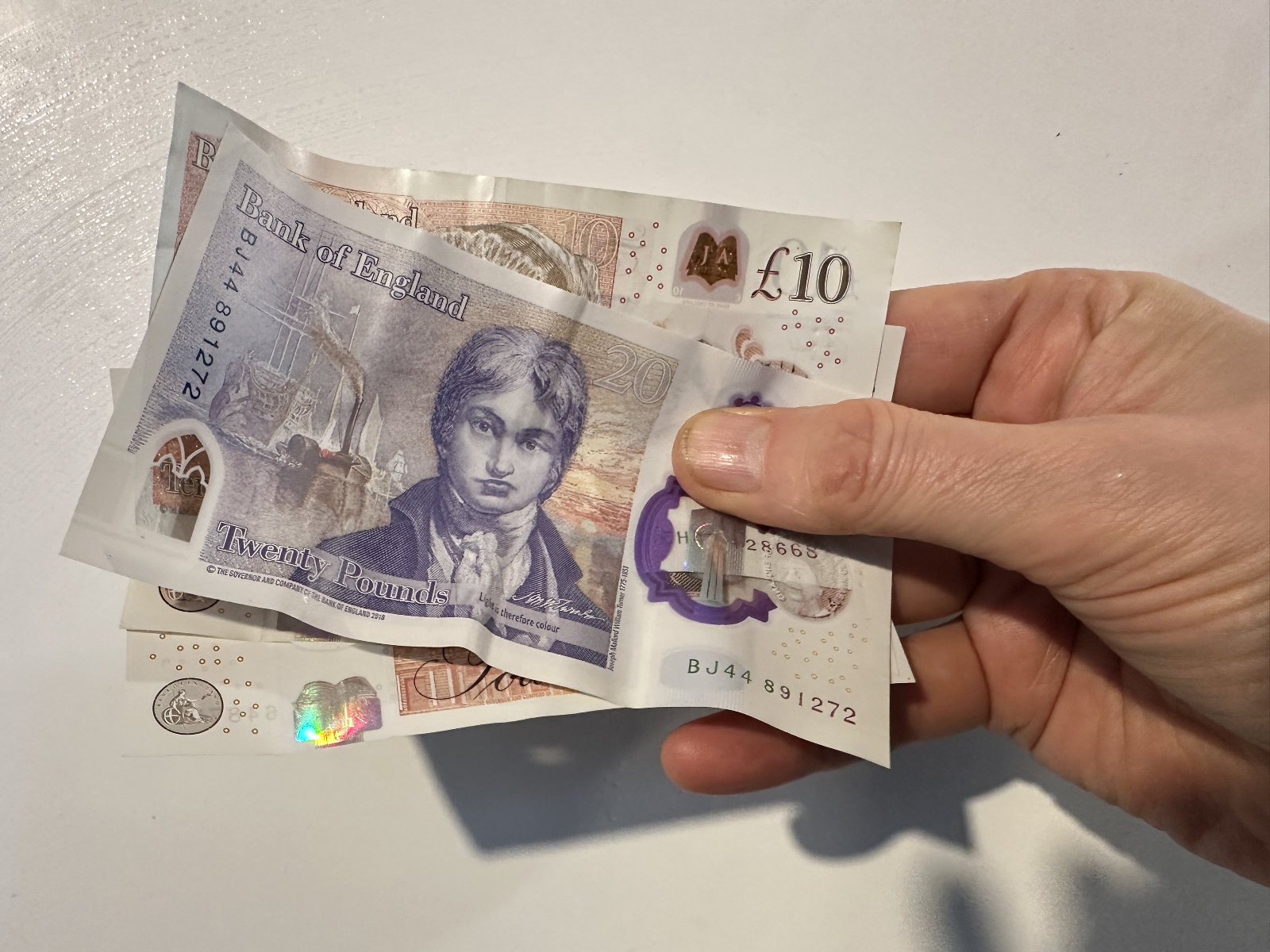
Leave a Reply